Imagine that you are standing in a tallgrass prairie. Close your eyes and feel the gusting wind, the heat of the sun on your skin, the buzzing of insects. Can you picture it?
If you’re like many Americans, you might have a hard time picturing a prairie, even if you grew up in the Great Plains region that is the heartland of the tallgrass prairie ecosystem.
Why are so many of us unfamiliar with prairies? Unfortunately, this unique landscape has become rare. Over the past two centuries, at least 96% of the tallgrass prairie in North America has been destroyed by human agriculture and development.
Here at Blue Dasher Farm (where Ecdysis Foundation is based), we can’t ignore the existence of tallgrass prairie. Our farmland contains a section of remnant tallgrass prairie, land that has never been plowed.
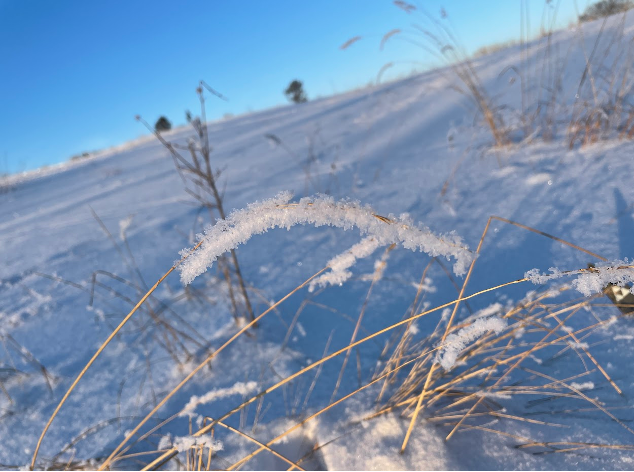
Snow on the prairie at Blue Dasher Farm
My colleagues and I regularly walk on that prairie to care for our sheep. Our flock is an amazing system that turns prairie grasses into meat and provides the prairie with fertilizer as the sheep trample and poop in the pastures. Watching our animals graze in a rippling ocean of grasses and wildflowers never fails to take my breath away. Although the bison that once grazed the prairies are gone from eastern South Dakota, this feels like a step in the right direction. Mornings spent under the enormous prairie sky are always good mornings.
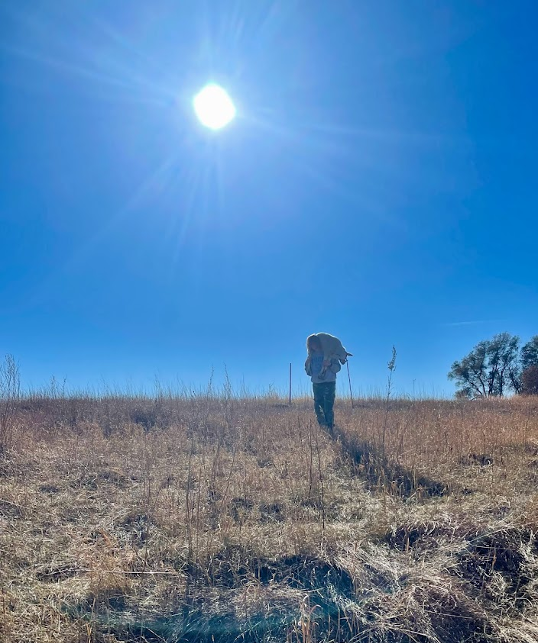
Mia carries a sheep out to the flock at Blue Dasher Farm
But prairies are more than just pretty views. If we care about agriculture, we cannot afford to ignore the importance and the history of tallgrass prairies.
What is a prairie?
Return to your imaginary prairie scene for a moment. You’re probably already picturing the tall grasses and wildflowers and the lively animals. But what’s harder to picture is that prairies are in a constant state of change; they are an ecosystem that relies on regular disturbances such as grazing and wildfires to prevent the growth of trees from turning grasslands into forests. Before Europeans settled on the Great Plains, grazing bison, lightning strikes, and fires set by Native American societies all helped to maintain open grasslands.
Every species of plant and animal native to the Great Plains has evolved in a prairie environment. This evolutionary pressure has caused most prairie species to be well adapted to intense sunlight, minimal rainfall, constant wind, and harsh winters, which are still aspects of life in the Midwest today.
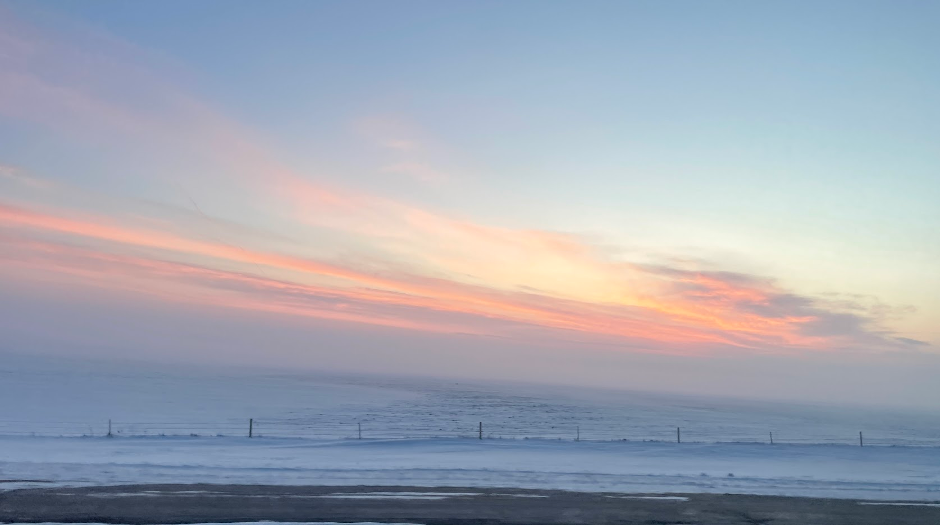
A winter sunrise in eastern South Dakota
What Happened to the Prairie?
The story of tallgrass prairie is a sad one. Since American farmers began settling the Midwest in the 1800’s, over 96% of tallgrass prairie has been converted to cropland, the prairie’s deeply fertile soil and lack of forests making them easy to farm. Unfortunately, this sudden conversion of prairie to cropland resulted in a loss of native biodiversity and caused nation-wide disasters like the Dust Bowl.
What can Prairies do for Us Today?
Although tallgrass prairie has become rare today, it can still play a critical role in helping us restore the health of our planet. These are just a few of the ways prairies benefit the environment and human societies:
Healthy prairies form the basis of the region’s food webs. Our native insects, birds, and mammals depend on prairie plants for food and habitat.
Prairies slow climate change. The long roots of prairie plants draw carbon out of the air and lock it away underground. Protecting prairies and other grasslands is a powerful tactic for reducing climate change.
Prairies protect water. Those long root systems hold on to water during dry periods and absorb excess water during rainy periods. Water gets naturally filtered and purified as it passes through prairie soils.
What does Regenerative Agriculture have to do with Prairies?
We’ll never get the original tallgrass prairie back. Plowing prairies into cropland leaves the landscape permanently changed.
But changed doesn’t mean worthless. While pure remnants of the original prairie may be rare, we can still mimic ancient prairie ecosystems in our agricultural practices.
As I’ve traveled around the country with our Ecdysis research teams, I’ve seen stunning grasslands on which regenerative ranchers are grazing their cattle, sheep, and bison. Some of these rangelands have dozens of kinds of wild plants within a single acre, and each pasture is bursting with life. The more regenerative ranchers I meet, the more I believe that prairie restoration and agricultural production don’t have to compete with one another.
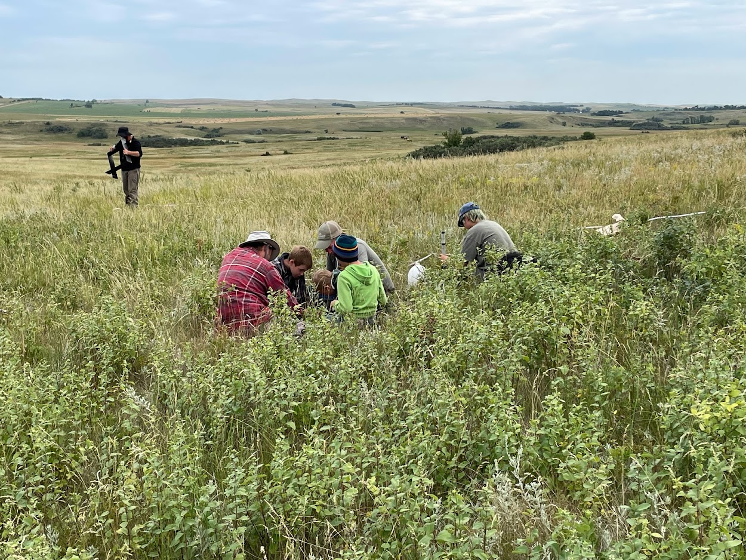
Ecdysis staff examine a North Dakota pasture with a rancher and his family
Croplands are more difficult than pasture to integrate with prairie systems, but Ecdysis has met many farmers who are tackling that challenge as well. These farmers are using all kinds of techniques to make their crop fields more diverse and welcoming to entire food webs. They no longer till their fields and spray chemical pesticides. Instead, they welcome a diverse cover of “weeds” that enrich the soil, they integrate livestock into their fields, and they experiment with growing multiple crops on one piece of land. They reject the notion that farmland should be a sterile monoculture, and instead welcome a thriving ecosystem of wild plants and animals. It gets messy and confusing at times, but the result is worth it.
Jay and Jon sampling rangelands in South Dakota Mia sampling a diverse crop field in North Dakota
The Future of Prairies
Habitat restoration is a young science with a lot left to learn. There are so many questions yet unanswered: How can we make room for healthy prairie ecosystems and functional agricultural land? What does an ideal restored prairie look like? What are we willing to sacrifice for healthy lands that support the needs of humans and other life forms?
Do you have answers to these questions (or more questions)? Leave a comment below!
1 “A Complex Prairie Ecosystem,” National Parks Service (U.S. Department of the Interior), accessed March 11, 2023, https://www.nps.gov/tapr/learn/nature/a-complex-prairie-ecosystem.htm.
2 Roger C. Anderson, “Evolution and Origin of the Central Grassland of North America: Climate, Fire, and Mammalian Grazers1,” The Journal of the Torrey Botanical Society 133, no. 4 (2006): pp. 626-647, https://doi.org/10.3159/1095-5674(2006)133[626:eaootc]2.0.co;2.
3 “Midewin National Tallgrass Prairie - Nature & Science,” Forest Service National Website, accessed March 11, 2023, https://www.fs.usda.gov/main/midewin/learning/nature-science.
4 SITNFlash, “Understanding Life on the Prairie through Ecological Networks,” Science in the News, August 30, 2021, https://sitn.hms.harvard.edu/flash/2021/understanding-life-on-the-prairie-through-ecological-networks/.
5 Mamta Mehra, “Grassland Protection @Projectdrawdown #Climatesolutions,” Project Drawdown, February 16, 2023, https://www.drawdown.org/solutions/grassland-protection.

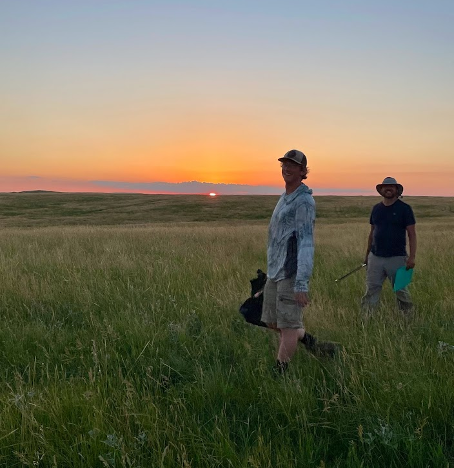

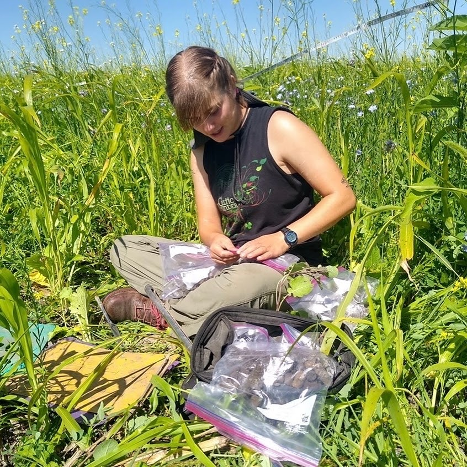
Comments